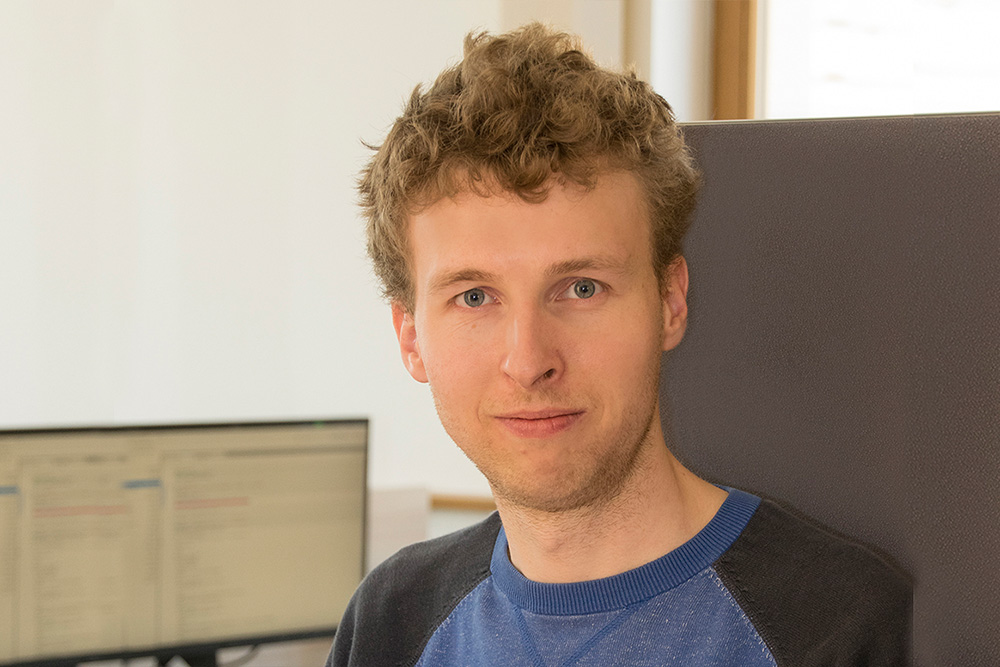
Jakob Kasbauer, M.Sc.
Mobile and Embedded Systems (University of Passau) Research Group: Artificial Intelligence for Context and Activity Recognition (AI4CARE) Data Analysis and Machine Learning
Academic Staff
Sortierung:

Mobile and Embedded Systems (University of Passau) Research Group: Artificial Intelligence for Context and Activity Recognition (AI4CARE) Data Analysis and Machine Learning
Academic Staff